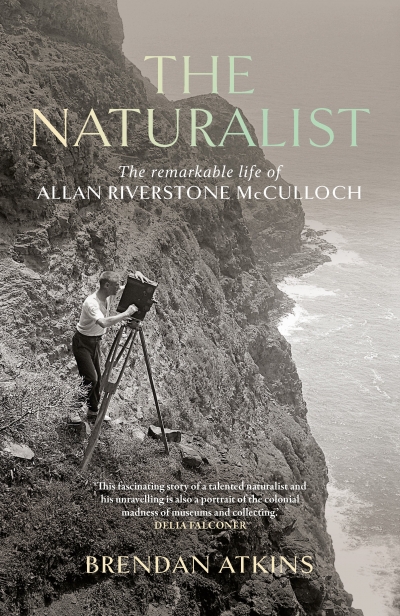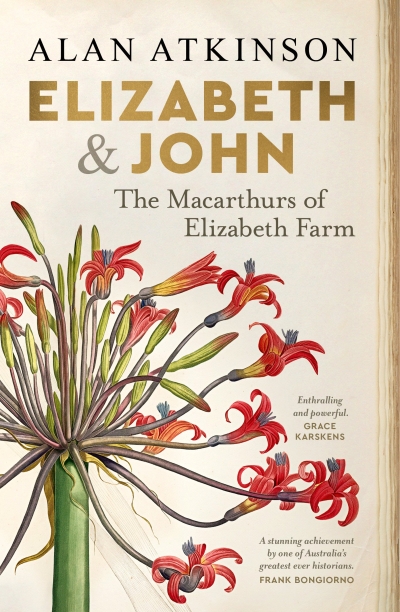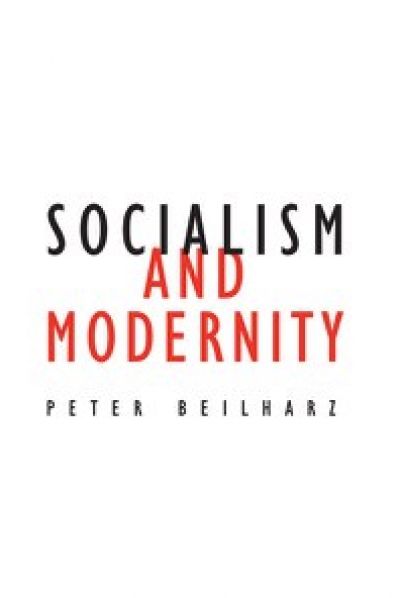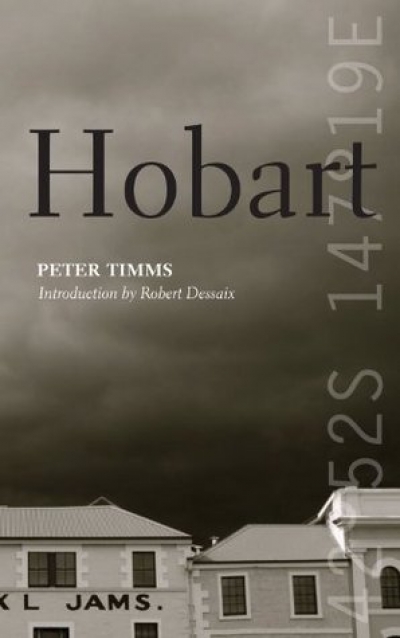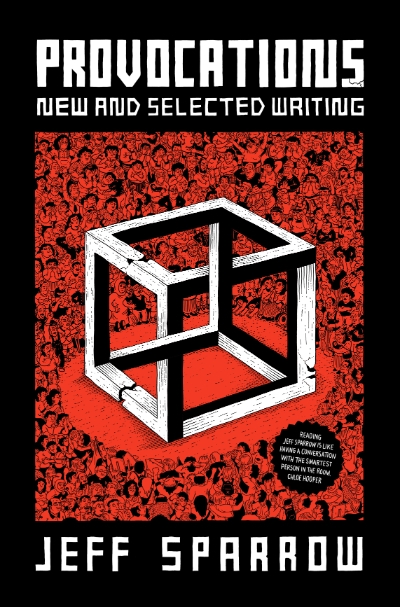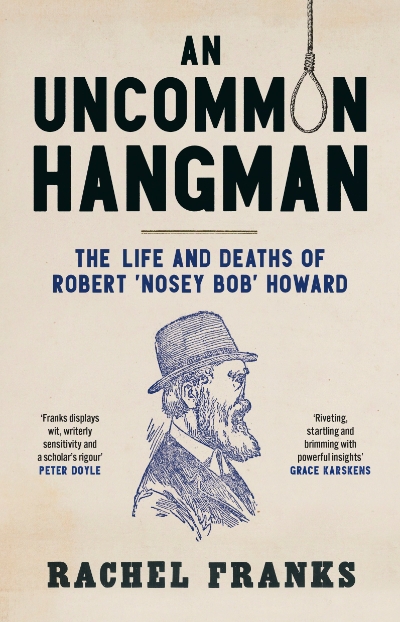NewSouth
The Naturalist: The remarkable life of Allan Riverstone McCulloch by Brendan Atkins
by Danielle Clode •
Curlews on Vulture Street: Cities, birds, people and me by Darryl Jones
by Peter Menkhorst •
Elizabeth and John: The Macarthurs of Elizabeth Farm by Alan Atkinson
by Penny Russell •
The Secret of Emu Field: Britain’s forgotten atomic tests in Australia by Elizabeth Tynan
by Michael Winkler •
An Uncommon Hangman: The life and deaths of Robert "Nosey Bob" Howard by Rachel Franks
by Penny Russell •
Wounded Country: The Murray–Darling Basin – a contested history by Quentin Beresford
by Cameron Muir •

